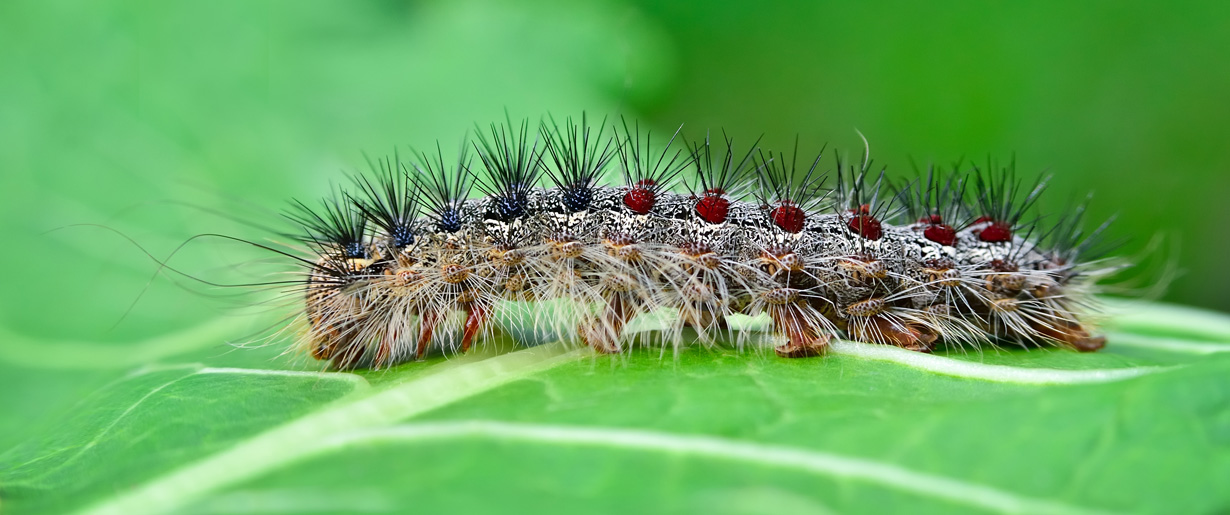Invasive Species
What are invasive species?
Invasive species are plants, animals, and micro-organisms introduced by human action outside their natural past or present distribution whose introduction or spread threatens the environment, the economy, or society, including human health.
Types of Invasive Species & Impacts
Invasive terrestrial plants include trees, shrubs, or herbaceous plants that have been moved from their native habitat to an introduced area where they are able to reproduce quickly and crowd out native species. To learn more about how the County is managing invasive terrestrial plants, read our Vegetation Management Plan.
Invasive insects can cause damage and loss to forest and agricultural systems. These insects can defoliate and/or bore holes into the vascular systems of plants, shrubs, and trees. This can weaken plants, making them more susceptible to pathogens.
Invasive pathogens include diseases and disease-causing microorganisms that can have detrimental effects on forests. Their impacts degrade the quality of wood, eliminate wildlife habitat, and reduce the recreation/cultural value of habitats.
Invasive animals are able to spread disease, prey on or compete with native species, hybridize, and alter natural systems. They can impact both vegetation growth and soil create disturbances.
Invasive aquatic plants can impact recreational activities (e.g., boating, fishing, swimming), displace native vegetation, slow down water flow, and alter oxygen levels. These plants can be floating, floating and rooted in sediment, rooted and submergent (underwater), or emergent (partly under and partly above the water’s surface).
Invasive fish and invertebrates (e.g., crayfish, snails, mussels, clams, water fleas, or mysids) alter food webs by competing with native species for resources (food and habitat) and predating on fish eggs and larvae populations.
Pathways of Introduction
There are many ways that invasive species are introduced into the environment. These introductions are sometimes natural, deliberate, or accidental. These pathways include:
- Horticulture and gardening
- Movement of wood
- Equipment and tools (e.g., lawn mowers)
- Animals and pets
- Internet sales and mail
- Watercraft and boats
- Shipping and ballast water
- Outdoor recreational gear (e.g., boots, camping equipment, clothes, SCUBA gear)
- Recreational vehicles (e.g., ATV’s)
Report a Sighting
Visit the Canada Food Inspection Agency Website or EDD Maps to report an invasive species sighting or call the Invading Species Hotline at 1-800-563-7711
To learn more visit:
https://www.canada.ca/en/services/environment/wildlife-plants-species/invasive-species.html
https://www.ontario.ca/page/invasive-species-ontario
Contact Us

